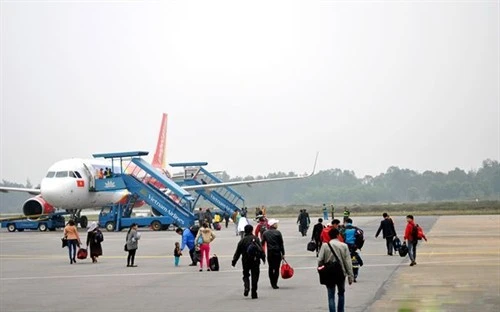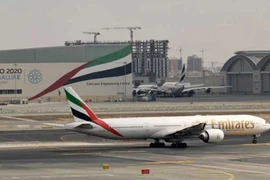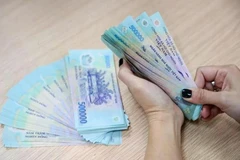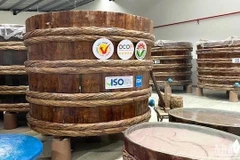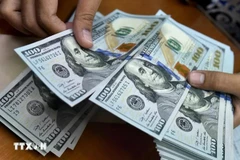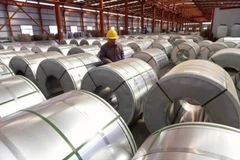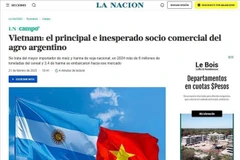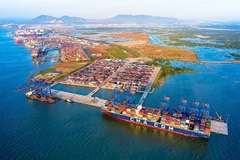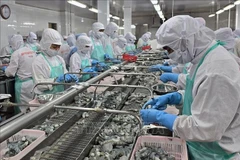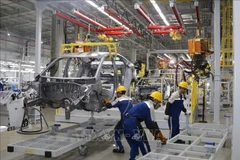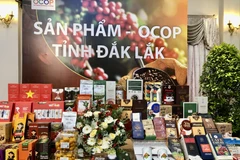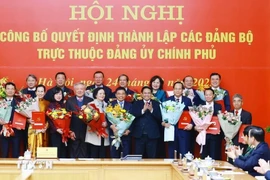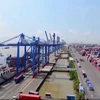Hanoi (VNS/VNA) - The planning of Vinh International Airport in central Nghe An province for the period of 2021-2030 has been approved by the Ministry of Transport.
The airport will be used for both civil and military purposes.
The airport will have capacity of receiving 8 million passengers and 25,000 tonnes of cargo per year.
Initially, terminal T1 will be expanded to receiving 5 million passengers per year while terminal T2 will be planned in the area between two runways with capacity of receiving about 3 million passengers per year.
By 2050, the airport will reach the capacity of about 14 million passengers and 35,000 tonnes of cargo per year, including terminal T2’s capacity of 9 million passengers per year.
The second runway, 3km long and 45m wide, will be built during this period.
From 2021 to 2050, the land use needed for the airport is about 544ha including the land managed by civil aviation and military, and shared land area.
The proposed additional land area is about 96.5ha.
The Vietnam Civil Aviation Authority is tasked to study and review the evaluation report of Planning and Investment Department to complete a planning dossier as well as to coordinate with Nghe An Province’s Peoples’ Committee and relevant agencies to make public, manage and implement the planning.
The Nghe An People’s Committee takes responsibility to review and update the airport’s planning to prepare and protect land funds.
The expansion of Vinh International Airport aims to meet the province’s socio-economic development, national security and aviation industry’s growth./.
